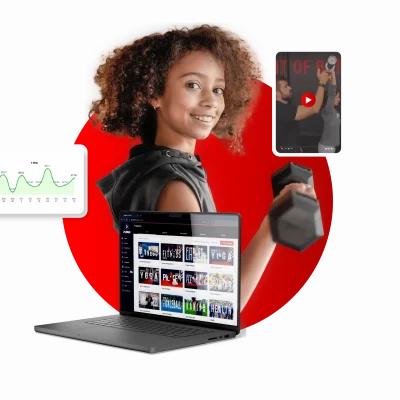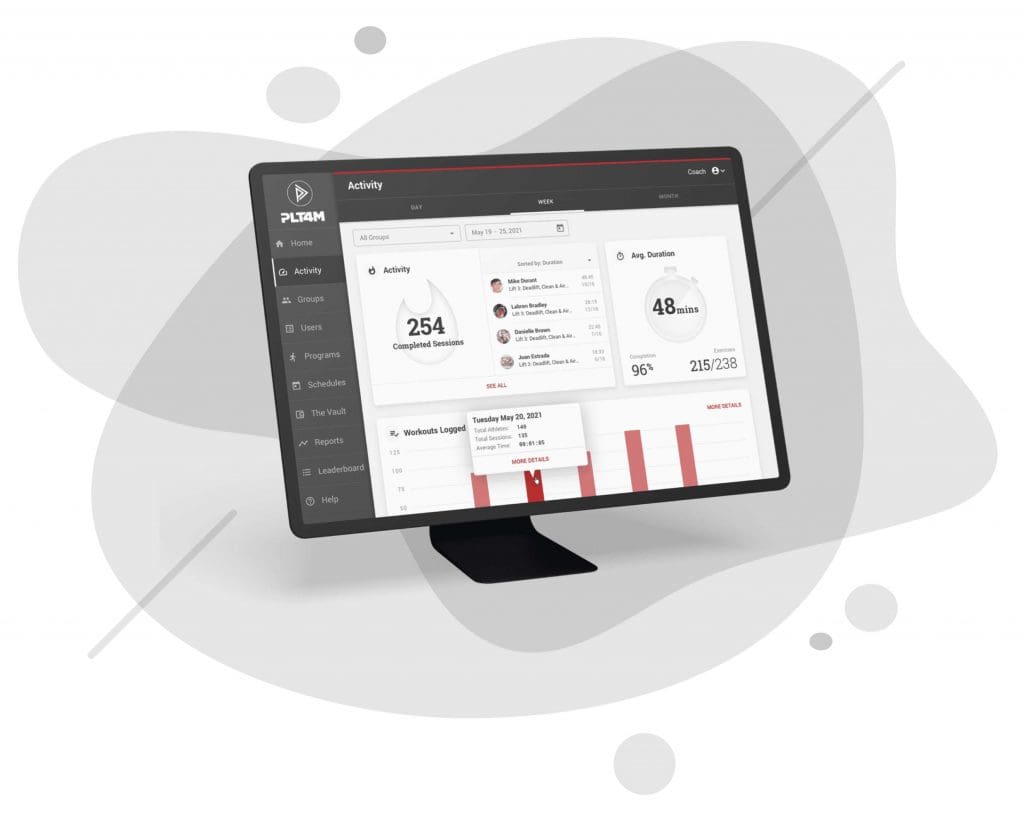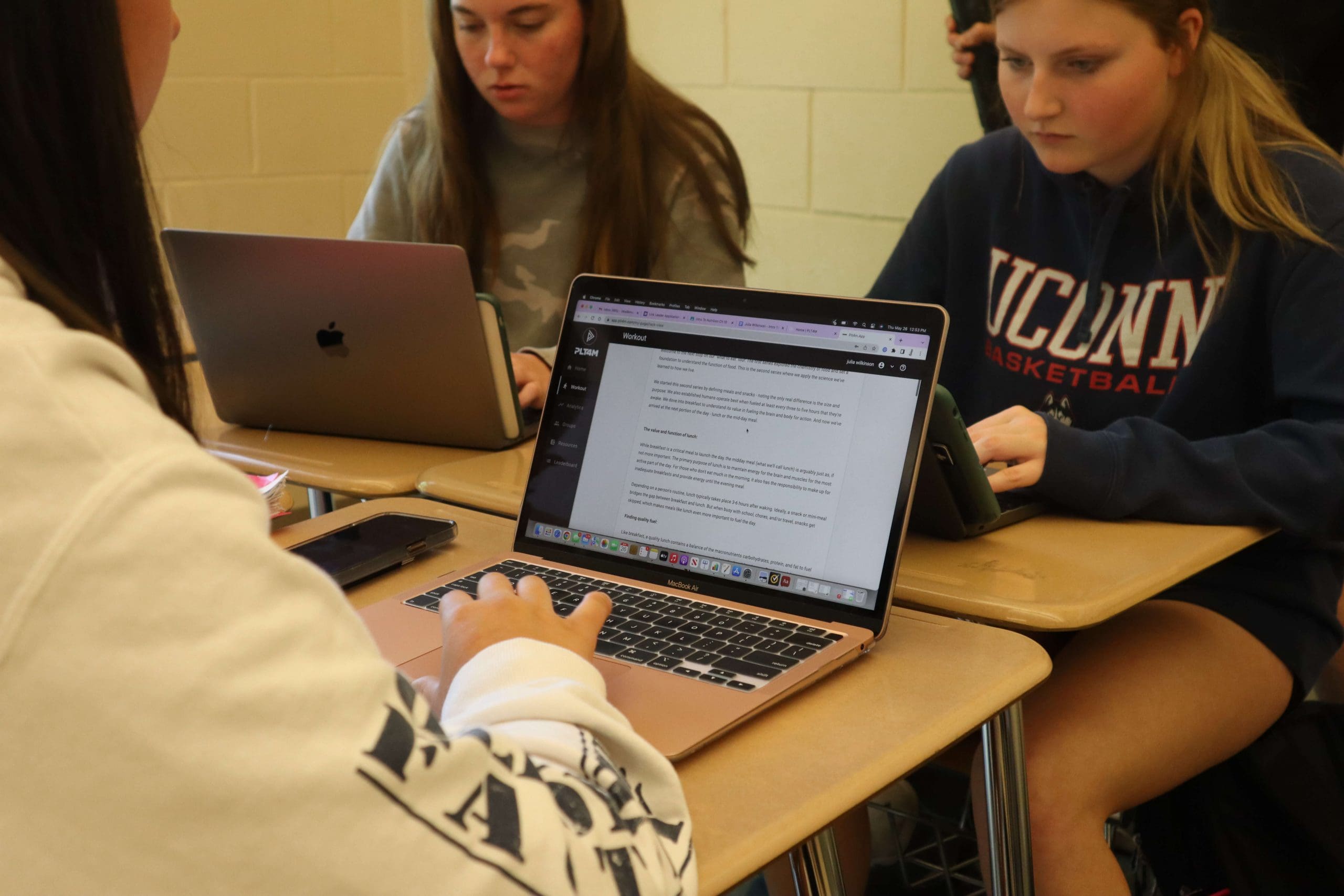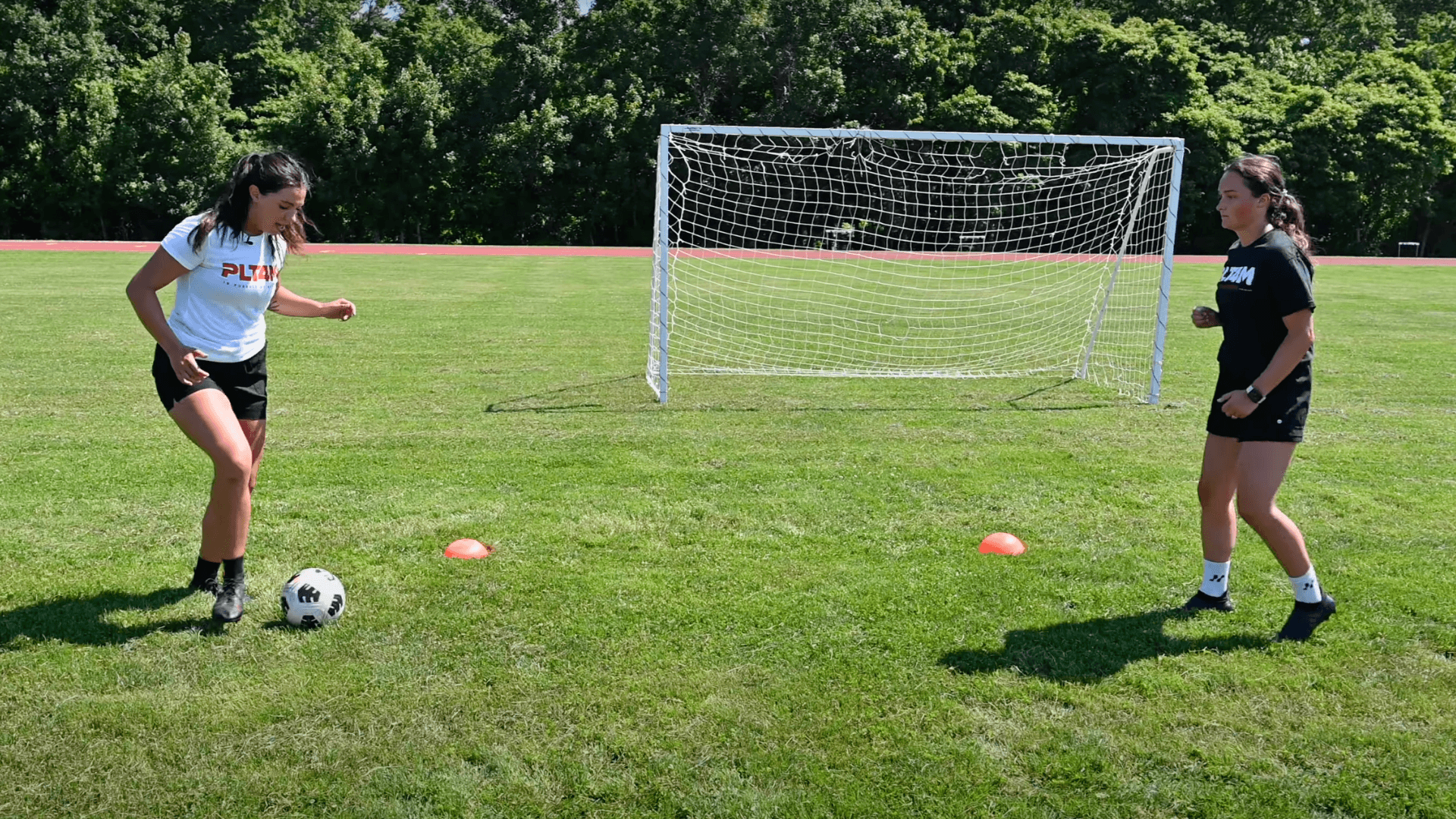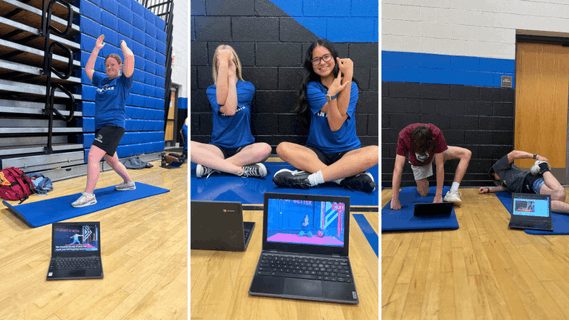When it comes to fitness testing in physical education, there is no one way to assess students’ physical fitness. In some schools and states, there are set standardized fitness testing requirements. In other areas, physical fitness tests are left to the discretion of the PE teacher.
No matter what, when used effectively, fitness testing in physical education can be a powerful way to inspire and motivate students.
History of Physical Fitness Tests In Schools
Physical fitness tests in schools are not new! As far back as the early 20th century, when the threat of war loomed over the country, the Presidential Fitness Test was enacted and became a staple of physical education programs.
The initial fitness test collected 6 test scores for middle and high school students: 1) Pull-Ups, 2) Sit-Ups, 3) Shuttle Run, 4) Standing Broad Jump, 5) 50 Yard Dash, 6) Softball Throw For Distance.
As years passed from the first formation of the presidential youth fitness program, new iterations of physical fitness testing arose. In 1982, the Fitnessgram fitness test was created by the Cooper Institute. This test had a more extensive myriad of testing that included: 1) The Pacer, 2) One Mile Run, 3) Percent Body Fat, 4) Body Mass Index, 5) Curl-up, 6) Trunk Lift, 7) Push-up, 8) Flexed Arm Hang, 9) Modified Pull Up, 10) Back Saver Sit-and-Reach, 11)Shoulder Stretch.
As school districts collected a large swath of fitness test results, though, they now faced challenges of what to do with all the data.
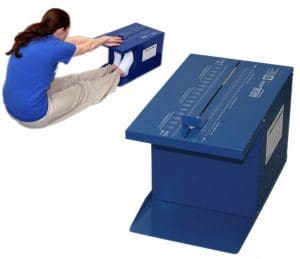
The Challenges Of School Fitness Testing
While school fitness testing aims to measure and assess students’ overall physical fitness, it doesn’t come without its challenges.
Three big challenges schools face with fitness testing include: 1) Administering Tests, 2) Collecting and Storing Data, 3) Contextualizing Results For Students
1) Administering Tests
Schools often face the challenge of conducting fitness testing for hundreds, sometimes thousands of students. Often, PE teachers opt to do all fitness assessments in one class period. But with only one PE teacher in the class, it can be burdensome to make sure students are doing all the tests correctly. And because teachers want fitness testing to paint a complete picture of physical fitness, cramming all the tests into one period can be stressful!
2) Collecting and Storing Data
Past just doing the tests, collecting and storing data is an additional challenge with fitness testing. Often, PE teachers are left spending hours entering and logging data. And because many PE teachers retest throughout the year, the time adds up!
3) Contextualizing Results For Students
Historically, students have been compared to their peers, both within their school and across the country. Students are given a percentile rank that often makes them feel like a failure. For example, a student may have improved their mile time by over a minute, and while that is a big personal improvement, based on their time they could still be placed in a low percentile compared to their peers. This leads to many students feeling like their progress is meaningless.
Creating Effective Assessments In Phys Ed
Want to take a more data-driven approach to evaluating students and helping them see their development? Grab our free E-Book!
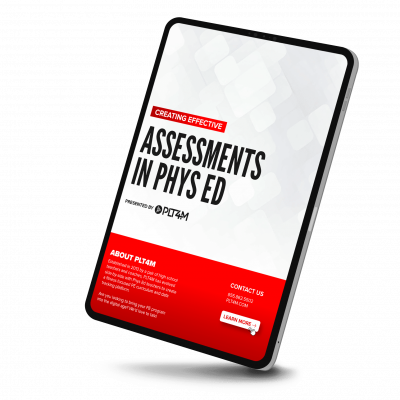
The Goal Of Fitness Testing In Schools
The history and challenges outlined above have helped school districts to better understand the true goal of fitness testing.
Because the overarching goal of physical education and fitness education is to promote lifelong physical activity, fitness testing should support this mission.
For example, baseline fitness assessments can be great launching points for students to set personal fitness goals. Rather than teachers collecting data never to be seen again by the students, fitness testing accessible to individual students can empower a deeper understanding of personal fitness levels.
In addition to this, fitness testing should mirror the different components of total physical fitness. So rather than a mile time defining someone’s total physical fitness, a larger picture can be painted with the right physical fitness assessments.
A Sustainable Approach To Fitness Testing In Physical Education
Aligning fitness standards in your school or district doesn’t have to create headaches. Some simple steps allow middle school fitness testing and high school fitness testing standards to connect throughout a student’s entire fitness education journey.
While there might be different physical fitness assessments that are age or experience specific, identifying some foundational tests that students can continue to do for multiple years can be a sustainable way to get everyone on the same page.
Moreover, finding simple and easy tests to administer and collect information can allow testing not to feel like it is bringing your physical education program to a screeching halt.
PLT4M’s Approach To Fitness Testing In Physical Education
With over 1,500 schools utilizing PLT4M as a curriculum and technology resource in physical education, fitness testing has become a key feature within the platform.
Students can log data results directly to their personal accounts. In doing so, they can see their progress and fitness levels mapped and charted over time. This personalized information helps students be better motivated to set fitness goals and get more in tune with their physical fitness.
In addition to student benefits, teachers can get insights into both individual and group progress with a click of the button. This can help inform teaching and lesson plans while also giving necessary feedback to all key stakeholders, from students to administrators.
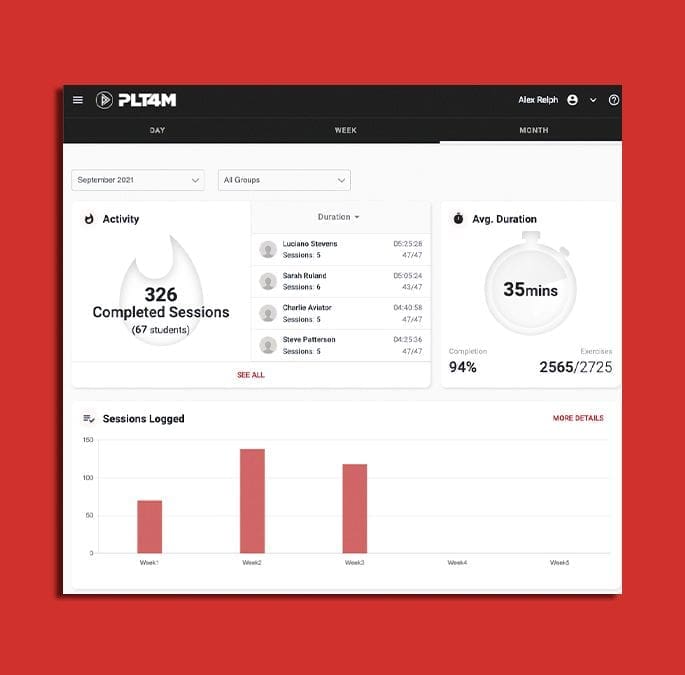
5 Examples of Fitness Tests Utilized In PLT4M
PLT4M’s fitness testing is entirely customizable. But, many teachers do like to utilize many of the pre-built testing modules found throughout PLT4M’s programs.
As outlined earlier in this article, the goal is to test and highlight a complete picture of total fitness. Outlined below are five fitness test ‘buckets’ that can be found in our foundational intro to fitness program, and then continue to come up in different ways throughout future programs.
Aerobic Capacity – 1 Mile Run
Our 1 mile run test is meant to be an assessment of your “aerobic” capacity. Otherwise known as ‘stamina’ or ‘endurance’, aerobic capacity simply refers to your ability to work continuously at moderate to low effort for extended periods of time without fatiguing or needing to stop.
Anaerobic Capacity – 2 Minute Max Burpees
Our 2 minute burpee test is meant to be an assessment of your anaerobic capacity. Essentially, when short, intense bouts of activity are required, your body cannot rely on oxygen as a source of energy creation. It takes too long, and cannot keep up with the high demand. That’s when the anaerobic energy systems kick in.
Strength – 1 Minute Push Up Test, 1 Minute Squat Air Squat Test, Max Pull-Ups
All these tests seek to test relative muscular strength and endurance of the body. Standard push up and pull up tests have been used for decades as components of a basic fitness assessment. They aim to record and track an individual’s relative upper body strength. The air squat test is a form of testing an individual’s relative lower body strength.
Mobility – Squat Therapy Test
For years, fitness tests included an element of passive muscular flexibility assessment. The sit and reach test is a prime example of what we are referring to. Nowadays, we care about your overall ‘mobility’ rather than just your passive muscular flexibility
.
Total Fitness – Metcon Test
Our final fitness test is a “MetCon” (Metabolic Conditioning) workout that assesses your ability to perform a number of different movements consistently and continually. It is a blend of aerobic and anaerobic capacity, strength, and mobility.
Example: PLT4M Metcon Test
AMRAP 8 (AMRAP=As many reps/rounds as possible)
20m Shuttle Run
10 Burpees
20m Shuttle Run
10 Air Squats
20m Shuttle Run
10 Sit-Ups
Bonus Content! Check out PLT4M’s instructional video that is paired with the squat therapy test.
Key Takeaways on Fitness Testing in Physical Education
Every teacher has a different approach to fitness testing in physical education! Some like to tackle it all in one class. Others want to sprinkle in testing different things throughout the semester.
Regardless of your fitness testing approach in physical education, don’t go at it alone! With customizable technology like PLT4M, you still have the freedom to do things the way you want or need, without ending countless hours trying to reinvent the wheel in an Excel spreadsheet or google classroom.
Helpful Links
Need lessons to go with your fitness testing? Check out some of the best modules from PLT4M!
Ready to WOW your Admins?
Schedule a 15-Minute demo to learn how PE teachers are ushering in a new age of Physical Education with Fitness and Technology!
